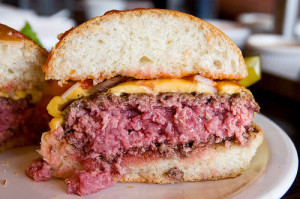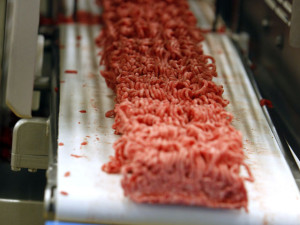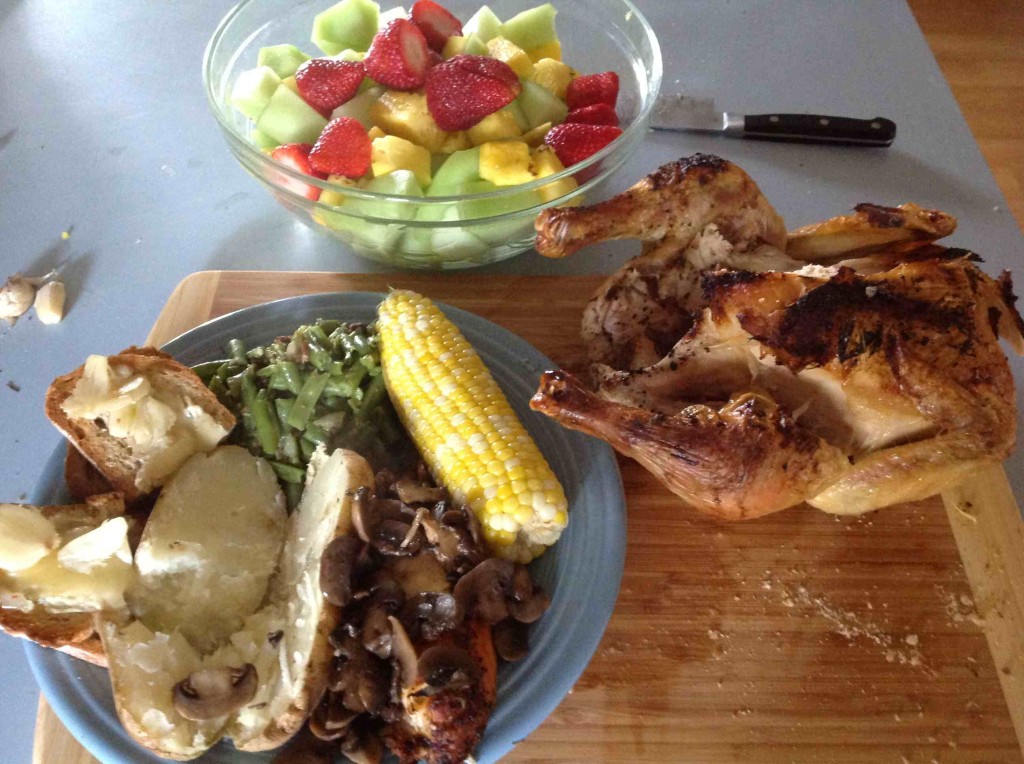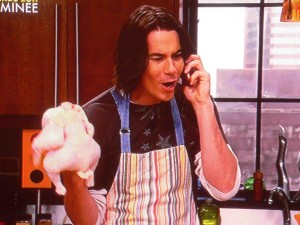Sometimes, it’s best to remain baffled.
Who can explain some things? Like why the UK Food Standards Agency insists it’s a science-based organization but publishes advice that panders.
In their annual food safety week blitz, FSA focuses on home cooks – industry likes it that way – without actually showing people cooking at home (like me
 and Sorenne and a friend of hers, making pizza dough yesterday; Michael Pollan did not invent home cooking).
and Sorenne and a friend of hers, making pizza dough yesterday; Michael Pollan did not invent home cooking).
“Most people don’t believe the food they cook at home can make them ill, but the meals prepared at home can be a source of food poisoning. In a recent survey, we found that 80% of those questioned carry out one or more behaviors that put them at risk of food poisoning.
“We’ve created the Kitchen Check, a simple tool that helps you find out how safe your kitchen habits are and if they are putting you, or your family and friends, at risk of food poisoning. We have also created a fun young people’s activity pack so children can get involved too.”
Food safety is not simple; kids are smarter than bureaucrats reaching out to kids; and there was no evaluation of whether these messages work.
And then there’s the kitchen check, a fun-filled survey, that only bureaucrats
 could actually believe is fun.
could actually believe is fun.
“I make sure my food is properly cooked by:
“Following the cooking instructions on the label and making sure that the food is steaming hot all the way through
“Checking it with a temperature probe
“When cooking poultry I cut into the thickest part of the meat and check that it is steaming hot with no pink meat and the juices run clear
“When cooking burgers I cut into the middle and check that they are steaming hot and cooked all the way through, with no pink meat or blood
“Checking that pork is steaming hot and cooked all the way through with no pink meat.”
Yet in a separate section on cooking hamburgers, thermometers aren’t mentioned.
Color is a lousy indicator.
And no comment on why or how contaminated food is showing up in the kitchen.
















